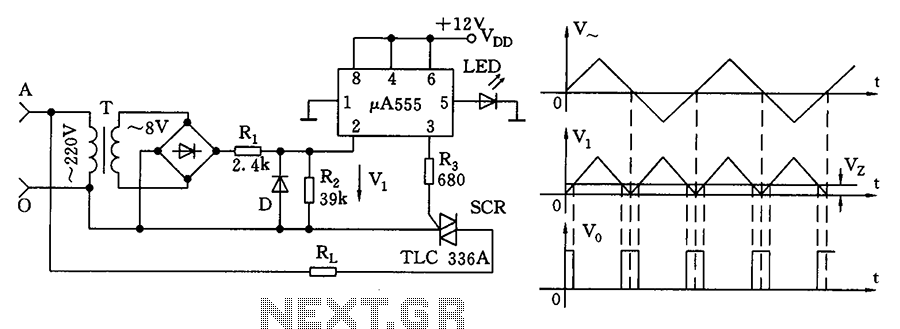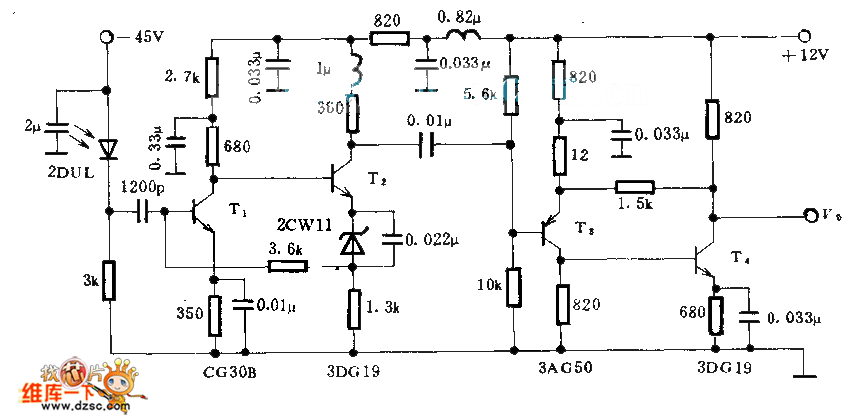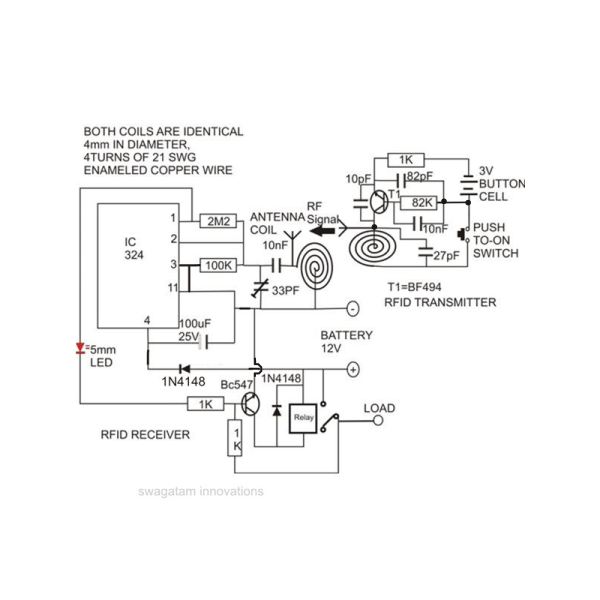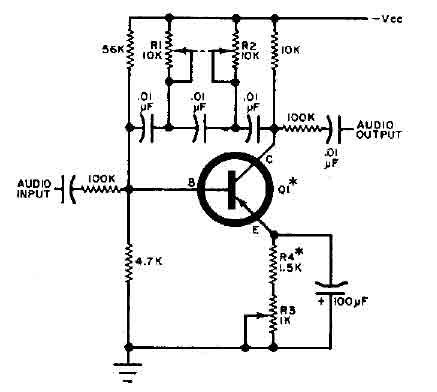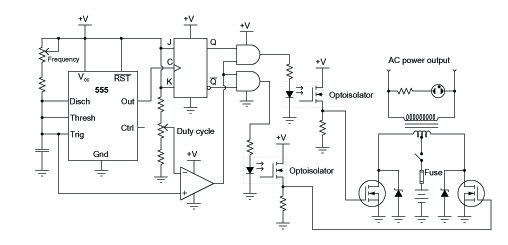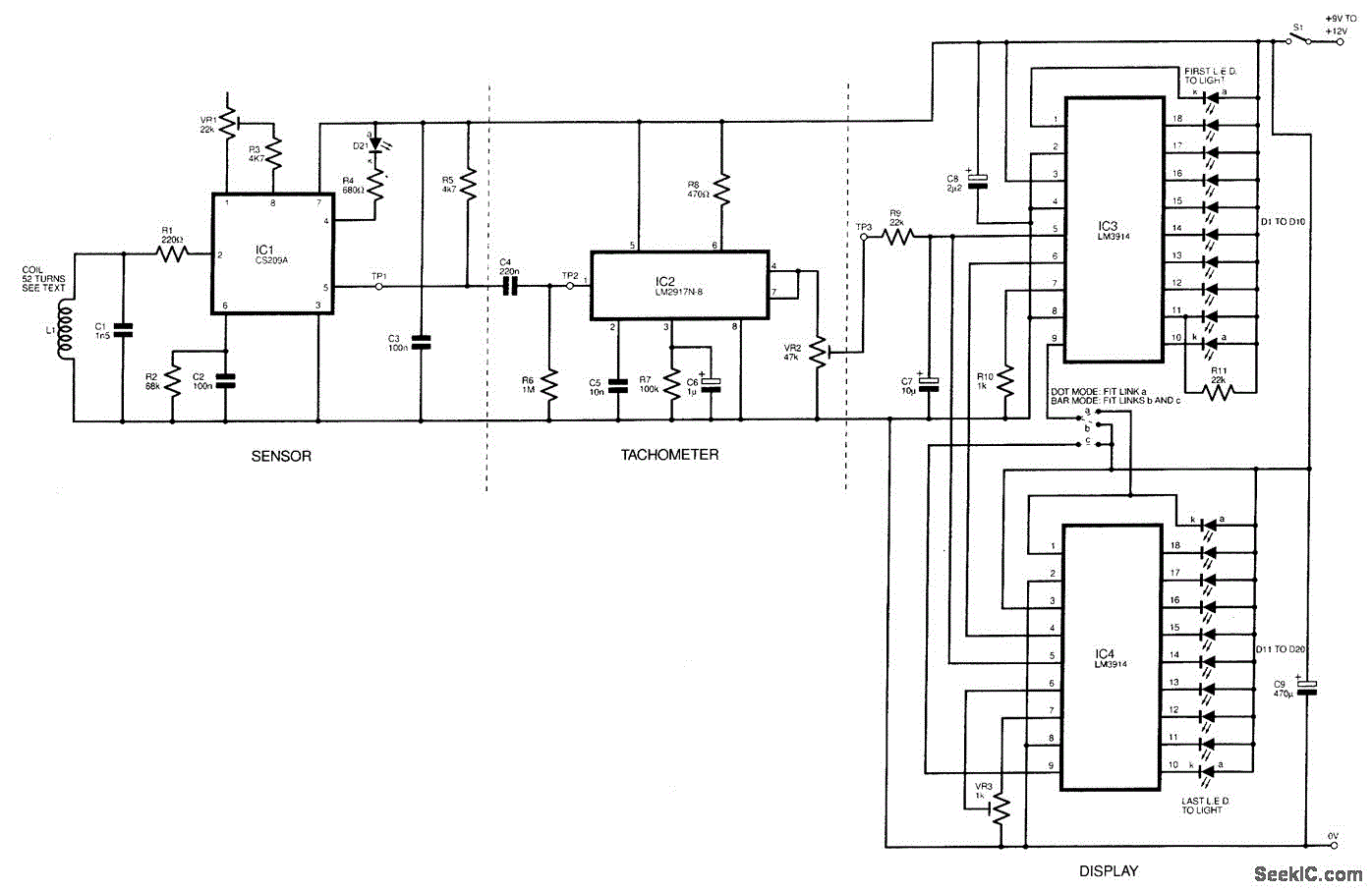
Sensitive light control switch circuit

The circuit utilizes a Darlington-type phototransistor as the sensing element, which enhances sensitivity to low light levels, making it suitable for detecting reflected light signals. When the Darlington phototransistor is exposed to light, its resistance decreases, causing the voltage at the output pin to drop. When this voltage falls below a certain threshold, the relay is activated.
The described circuit employs a Darlington pair configuration for the phototransistor, which consists of two bipolar junction transistors (BJTs) arranged to provide high current gain. This configuration is particularly advantageous for applications requiring detection of low light levels, as it allows for greater amplification of the small currents generated by the phototransistor when exposed to light.
The operation begins when ambient light strikes the phototransistor, resulting in a decrease in its resistance. This change in resistance leads to a corresponding drop in voltage at the output pin of the circuit. The circuit is designed with a specific threshold voltage (U) such that when the output voltage falls below U divided by three (U/3), it triggers the relay. The relay serves as a switching device that can control larger loads, thus enabling the circuit to interface with external devices or systems.
The components of the circuit may include a power supply, resistors to set the biasing conditions of the phototransistor, and capacitors for stability and noise filtering. Additionally, the relay may be accompanied by a flyback diode to protect the circuit from voltage spikes generated when the relay coil is de-energized.
In summary, this circuit effectively utilizes a Darlington-type phototransistor for low light detection and relay activation, providing a reliable solution for applications requiring reflected light sensing.As a result of the circuit shown in Darlington type phototransistor as the sensing element, the more sensitive to low light, suitable for the reflected light detection signal. Circuit, when Darling Introvert phototransistor exposed to light, its resistance decreases, so that the potential of pin fall, when reduced to U [ c/3. feet high output, then the relay releases.
The described circuit employs a Darlington pair configuration for the phototransistor, which consists of two bipolar junction transistors (BJTs) arranged to provide high current gain. This configuration is particularly advantageous for applications requiring detection of low light levels, as it allows for greater amplification of the small currents generated by the phototransistor when exposed to light.
The operation begins when ambient light strikes the phototransistor, resulting in a decrease in its resistance. This change in resistance leads to a corresponding drop in voltage at the output pin of the circuit. The circuit is designed with a specific threshold voltage (U) such that when the output voltage falls below U divided by three (U/3), it triggers the relay. The relay serves as a switching device that can control larger loads, thus enabling the circuit to interface with external devices or systems.
The components of the circuit may include a power supply, resistors to set the biasing conditions of the phototransistor, and capacitors for stability and noise filtering. Additionally, the relay may be accompanied by a flyback diode to protect the circuit from voltage spikes generated when the relay coil is de-energized.
In summary, this circuit effectively utilizes a Darlington-type phototransistor for low light detection and relay activation, providing a reliable solution for applications requiring reflected light sensing.As a result of the circuit shown in Darlington type phototransistor as the sensing element, the more sensitive to low light, suitable for the reflected light detection signal. Circuit, when Darling Introvert phototransistor exposed to light, its resistance decreases, so that the potential of pin fall, when reduced to U [ c/3. feet high output, then the relay releases.
